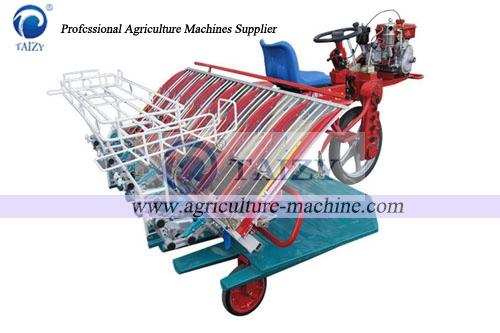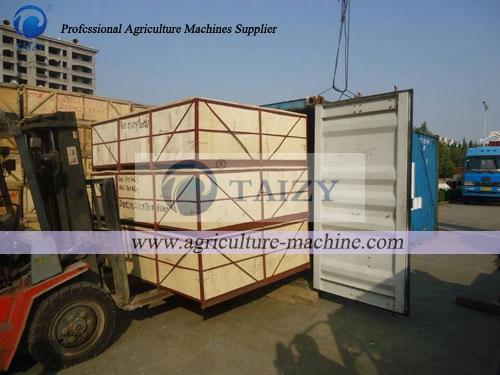After the liberation of China, the research on rice transplanting machinery began. The rice root transplanting rice transplanting machine developed by the first choice was not promoted due to the lack of other technologies and low comprehensive efficiency, but it also attracted wide attention from all over the world. In 1967, the first Dongfeng-2S self-propelled rice motorized rice transplanter developed by China was identified and put into production, making China one of the first countries in the world to have a motorized rice transplanter. After that, with the increase in the country’s investment in clothing, the mechanization of rice cultivation has been greatly developed. By 1976, the number of rice transplanting machinery in the country had reached more than 100,000, and the area of rice mechanized rice transplanting was about 350,000 hm2, accounting for 1.1% of the rice planting area. The mechanized rice transplanting of rice planting has played a significant role in promoting it.
In the 1980s, due to the adjustment of rural policies, the household contract responsibility system was implemented, and the land was distributed to the households. The planting plots were small and scattered. The rural economy was in its infancy, and the government reduced the investment in agricultural machinery. The economic strength of the clothes machine, these factors limit the development of rice planting mechanization, so that the level of rice mechanical transplanting has been reduced to the lowest point. The national machine insertion area is less than 180,000 hm2, accounting for only 0.5% of the national rice planting area.


In the 1990s, with the rapid development of the rural economy, the rural labor force gradually began to shift to the secondary and tertiary industries, and the demand for mechanization by the people was urgent. The country began to pay attention to the investment in agriculture, and the price of rice has also increased considerably, which greatly stimulated the enthusiasm of farmers to grow rice. The intensive management of Yicun began to be implemented, and the level of mechanization of rice planting in China has been greatly improved and improved. At the same time, China began to research and popularize the mechanization technology of rice live broadcast. By 1995, the national rice machinery and mechanized live planting area had reached 700,000 hm2, and the degree of mechanization had increased to 2.3%, the highest level in history. However, compared with developed countries, the level of mechanization of rice planting in China is still quite low, and the development potential is very high. Big.
The Chinese rice transplanter has been studied for nearly 50 years, and the mechanization level of rice planting has only been 3.96%. Japan’s natural conditions and clothing production characteristics are similar to those in China. Based on the research on rice transplanter in China, Japan has used more than 20 years to realize mechanization of rice planting. Therefore, the history and current status of rice transplanter development in Japan are studied. It is of great significance to explore the development road of rice planting machinery in China and develop rice planting machinery.
